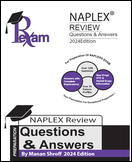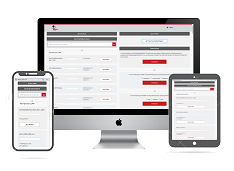
Which of the following shall be placed on the label of multi-drug single-dosing container?
I. The name of the prescribing practitioner of each drug.
II. The name, strength, exact physical description, and total quantity of each drug contained therein.
III. The identifying serial number assigned to the prescription drug order for each drug contained therein.
a. I only
b. I and II only
c. II and III only
d. All
Which of the following shall be placed on the label of multi-drug single-dosing container?
I. The name of the prescribing practitioner of each drug.
II. The name, strength, exact physical description, and total quantity of each drug contained therein.
III. The identifying serial number assigned to the prescription drug order for each drug contained therein.
a. I only
b. I and II only
c. II and III only
d. All
Answer: All, [Rules and Regulations Pertaining to Pharmacists, Pharmacies and Manufacturers, Wholesalers and Distributors - Part II Section 8.3.6].
8.3.6 Each individual, customized, multi-drug single-dosing container shall bear a label, which, at a minimum, contains the following:
(a). The name of the patient;
(b). The name of the prescribing practitioner of each drug;
(c). The identifying serial number assigned to the prescription drug order for each drug contained therein;
(d). The name, strength, exact physical description, and total quantity of each drug contained therein;
(e). The directions for use, and/or time of administration or time to be taken for each individual multi-drug single-dosing container;
(f). Either the dispensing or preparation date, as well as a beyond-use (expiration) date for each drug contained in the multi-drug single-dosing container. The expiration date of each drug included therein shall not be longer than one (1) year from the date of preparation of the multi-drug single-dosing container. All drugs shall be packaged in accordance with USP standards.
8.3.7 The name, address, and telephone number of the pharmacy issuing the multi-drug single dosing container and any cautionary statements necessary for the proper administration or storage of the medication shall appear on the individualized patient container.



